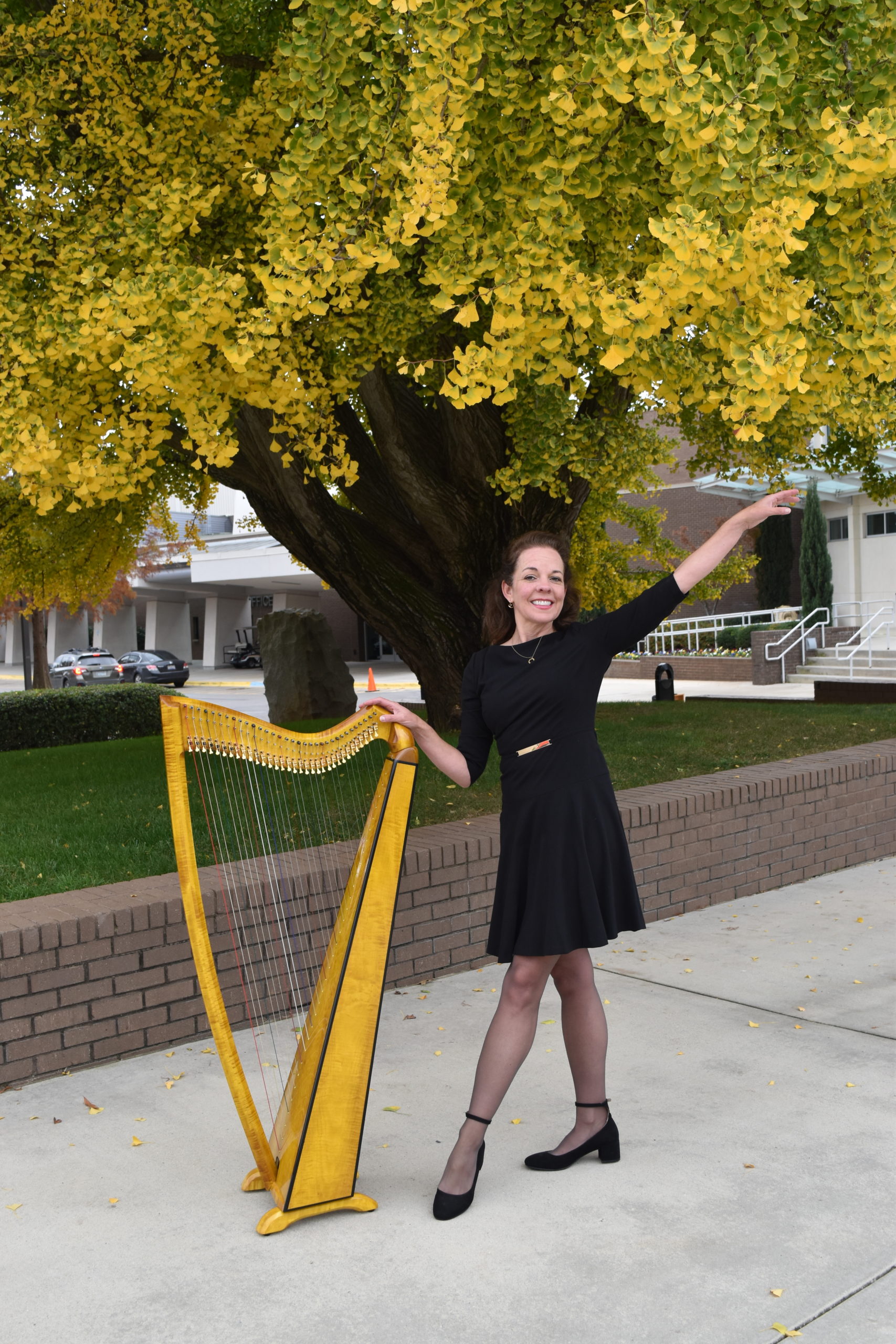
Therapeutic Harp Music
Therapeutic harp music is live music played at bedside in clinical settings, and it can be played anytime or anywhere someone is in need of relaxation, comfort or healing energy. It is an art based on the science of sound.
Sound waves promote healing by bringing body, mind and spirit into balance. Music can relieve pain, reduce anxiety, diminish nausea, stabilize body rhythms, lower blood pressure, be cathartic, improve sleep, and give solace in one’s final hours. A 2015 hospital study published in the Journal of Pain and Symptom Management found that the quality of life measures of fatigue, anxiety, sadness, relaxation, and pain were significantly improved by harp therapy in 30-50% of patients.
For thousands of years, the harp has been credited with unique healing powers that can both relax and revitalize. Its music has been known to soothe birthing mothers and their newborns, regulate vital signs, and provide comfort in one’s final hours. It is also singular in that it is the instrument with the most strings attached directly to the soundboard, creating profound resonance and overtones, and those vibrations permeate tissue, bone, muscles, and internal organs.
There are even testimonials of two harpists, one with multiple sclerosis and one with cerebral palsy, whose symptoms significantly improved as a direct result of playing the harp consistently. This is likely attributed to the placement of the harp on the right shoulder near the thymus gland, which controls auto-immune responses. The vibrations may calm the gland into healthy productivity.
Is the harp a magical cure for all our aliments? No; but its effects should not be discounted, especially in light of the dangerous overload on our healthcare workers, the rise of opioid overdoses and exploding medical care costs.